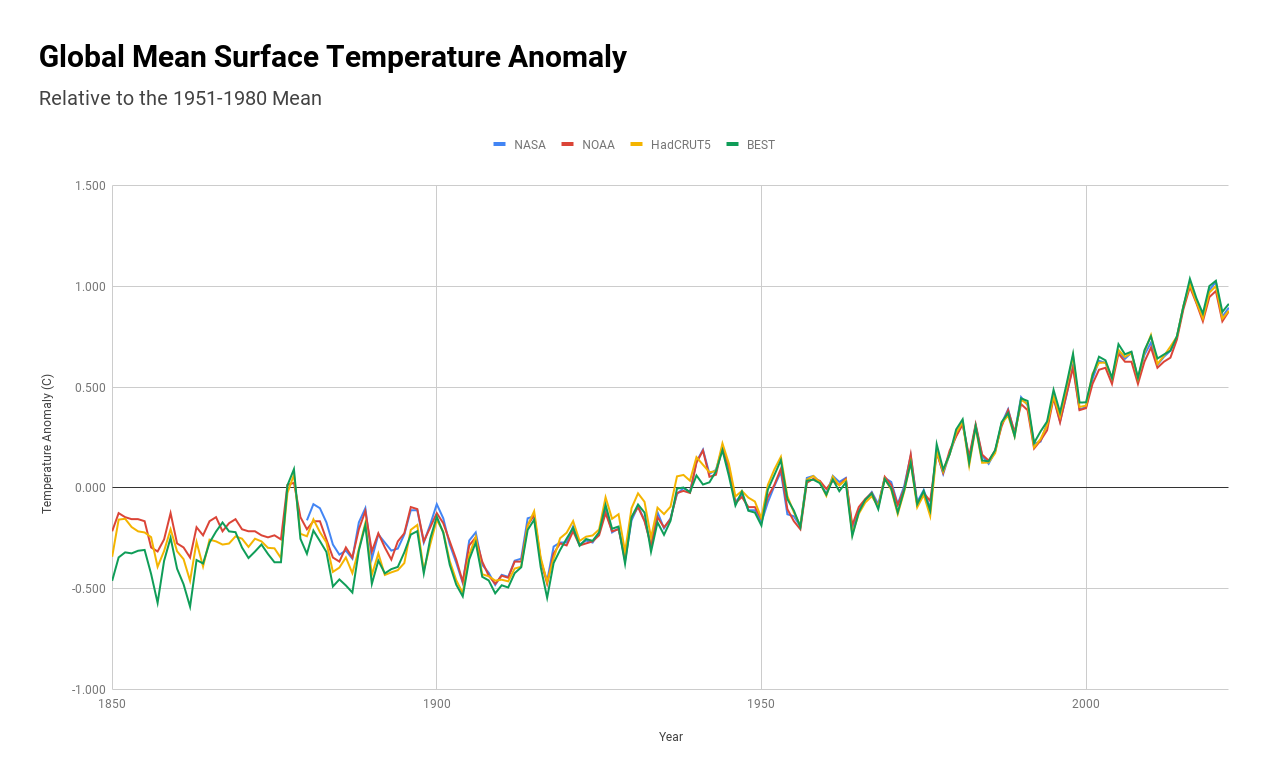Was John Bates a "Whistleblower" Exposing NOAA's Fraud?
There's a very strange conspiracy theory that has been floating around social media since 2017 that an ex-NOAA employee became a "whistleblower" to alert the world of fraud in NOAA's GMST dataset. It's a strange conspiracy theory because even the so-called "whistle blower" says that the conspiracy theorists are wrong. Let's set the context. A paper was published in Science in 2015 (the "Karl study") arguing, “Here, we present an updated global surface temperature analysis that reveals that global trends are higher than those reported by the Intergovernmental Panel on Climate Change, especially in recent decades, and that the central estimate for the rate of warming during the first 15 years of the 21st century is at least as great as the last half of the 20th century.” Dr. John Bates in 2017 decided to go public with complaints about NOAA's process in 2017 (after retiring in November 2016). To be clear, Bates said nothing publicly about...
.png)
.png)
%20(1).png)